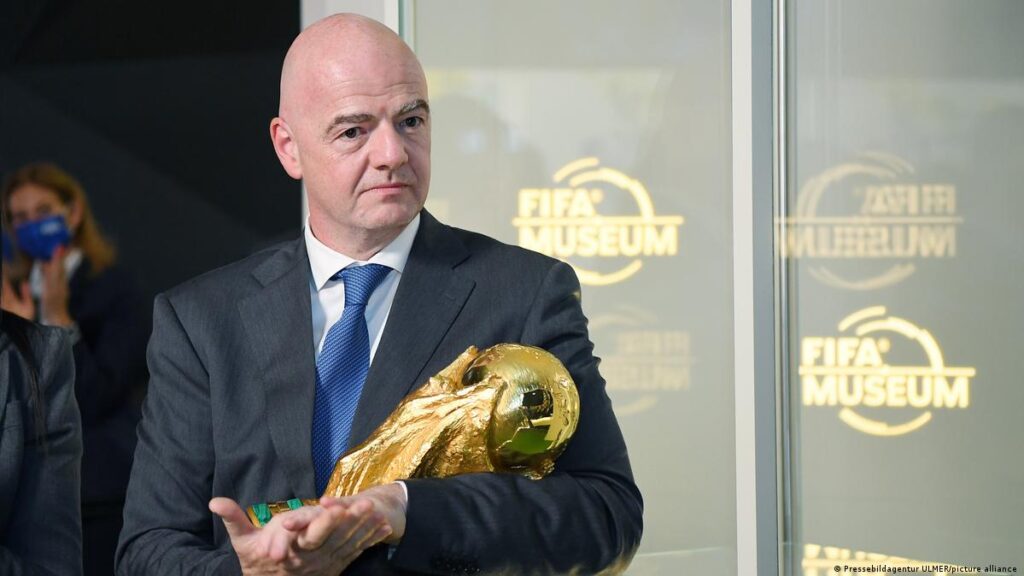FIFA has announced that the 2026 World Cup draw will adopt a tennis-style seeding system for the tournament’s top four teams, designed to keep the highest-ranked nations apart until the semi-finals. Spain, Argentina, France, and England—currently the top four in FIFA rankings—will each be placed in separate brackets to avoid early matchups between the footballing powerhouses.
The system mirrors the way top seeds are positioned in major tennis tournaments, ensuring that the world’s strongest teams do not clash until the later stages. The seeding arrangement is contingent on these teams winning their respective groups during the tournament, meaning the semi-final pathways are not guaranteed unless group stage success is achieved.
Under the new setup, England and France are projected to face either Spain or Argentina in the semi-finals, though the exact matchups will be determined randomly. This approach aims to preserve competitive balance while still allowing for unpredictable results.
The 2026 tournament will feature 48 teams split into 12 groups of four. Teams will be drawn from four pots, with the three host nations—United States, Mexico, and Canada—automatically placed in Pot One. Subsequent pots are based on FIFA rankings, while Pot Four will include the six winners of UEFA and other international playoffs yet to be decided.
The draw rules also take confederation limitations into account. In principle, teams are not meant to face another side from the same confederation in the group stage. However, with UEFA contributing 16 teams, some overlap is unavoidable. This means England could potentially face Scotland, Wales, or Northern Ireland in the group stage if these teams advance through the playoffs, though no group will contain more than two European sides.
FIFA will announce the full match schedule a day after the draw, detailing venues and kick-off times. The schedule is designed to offer optimal playing conditions for all teams and accommodate fans worldwide, enabling live viewing across multiple time zones.
By implementing this tennis-style seeding, FIFA hopes to create a World Cup where the top teams face a fair pathway to the semi-finals, making the competition more balanced and compelling for fans.

